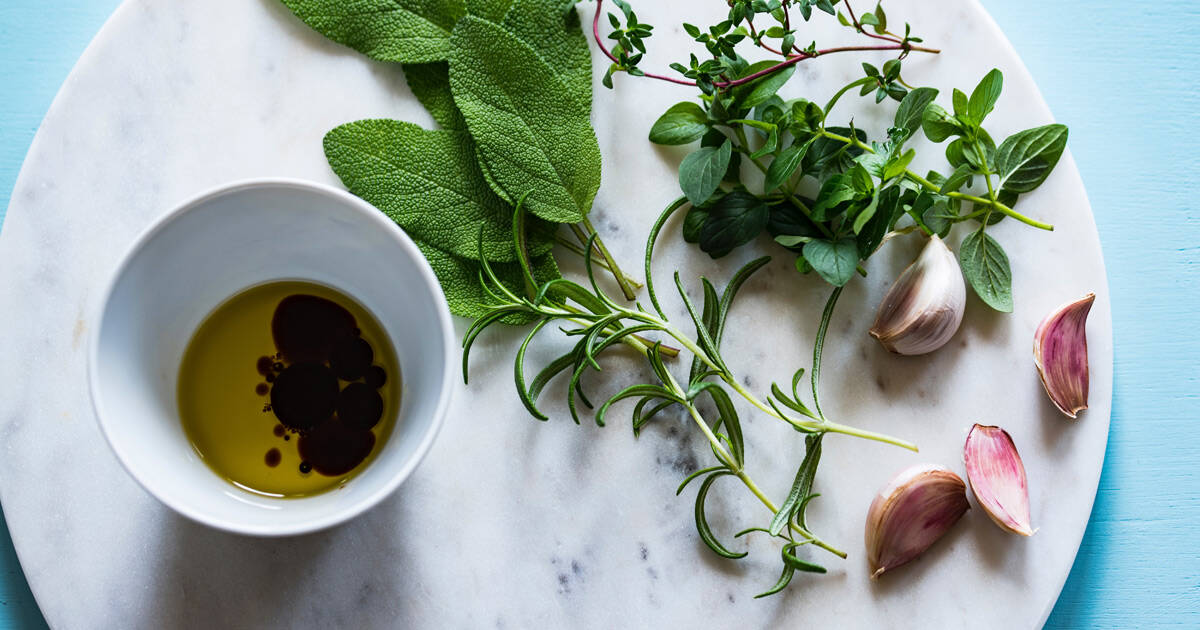June Trend Flight: Hoppiness (Beyond Beer), The Power of Sour & Matzo Mania
Water and the Pursuit of Hoppiness
Sparkling water is having a moment. First we added flavors, then we started spiking our seltzer, and now—hops? Hops are well known in the craft beer community for adding specific flavors to a brew, so why not apply those same principles to our bubbly water? For those that don’t know, hops are the flower part of the Humulus lupulus plant, but they look more like a small, green pine cone. Depending on when they are added to a brew, they can add bitter, citrus, grapefruit, pine, grass, or floral flavors. If you’re familiar with the signature taste of an IPA, that’s hops.
According to H2OPS founder, Paul Tecker, “The amazing flavor of hops shouldn’t be limited to craft beer.” Hop water allows consumers to enjoy the signature flavors of the plant without the calories of beer or effects of alcohol if they’re abstaining. Looking for more flavor than just water and hops? HopTea adds the signature flavors of different teas to make their beverages taste a little closer to the beers they’re replacing. Alternatively, if you’re looking to get some sensation from your hop water, Lagunitas' new Hi-Fi Hops is spiked with THC to get you feeling some type of way (currently only available in California dispensaries). Now that we’ve got sparkling water that tastes like our beer (and can get us high)—what’s next?

The Power of Sour
Experimental foodies on the fermentation train might next try their hand at making vinegar. Search volume for sauerkraut hit an all-time high during the first week of 2019. Meanwhile, searches for sourdough have been peaking since last November. What’s next for home fermenters? My money is on vinegar, which will add another (sour) dimension to dishes.
Similar to making sourdough or kombucha, DIY vinegar calls for common ingredients: wine or fruit, a starter (use apple cider vinegar “with the mother”), and time. It can also play a role in reducing waste, as you don’t need to buy special fruit to make vinegar, simply use your food scraps (like apple peels). Artisan producers, like MadHouse Vinegars in the Ohio River Valley, are reviving a historic practice of using would-be-waste to create something special. Try their small-batch varieties for something unique.
Is making your own vinegar worth the time and effort? Only time can tell––the batch of blackberry vinegar on my counter won’t be ripe for three more weeks. Try it yourself with this simple recipe for red wine vinegar.
The Crumbly History of Matzo
Before we dive into the innovative creations chefs are making using matzo, we must recognize this cracker’s sinister origin. When Pharaoh finally released the Jews they were forced to leave their homes quickly, with no time to spare to let bread rise for their long journeys ahead. Like many great food inventions, matzo was truly an accident forced by imperfect circumstance. During Passover, also known as the Festival of Unleavened Bread, Jewish people pay homage to their ancestors by forgoing any food containing yeast (think cakes, cookies, and breads) and exclusively eat matzo. Like other religious foods (e.g. Halal food) we’ve seen an uptick in the widespread recognition of religious holiday cuisine for individuals and brands alike. Bon Appetit, went on a quest to create the best matzo ball soup, Milk Bar created matzo-specific treats during Passover with tantalizing Instagram stories to prove it. And there are plenty of fusion matzo ball soup recipes that will have you rethinking this 7X7 inch cracker’s versatility.
Food holds incredible value in religious communities and often represents and preserves history that might otherwise be forgotten. Much of the maintenance of history happens around the dinner table, through passed down recipes and stories told over meals. We love seeing brands celebrate these traditions with respectful and appropriate executions, but of course there are ground rules when it comes to incorporating these foods into your marketing efforts. As always with any food that holds significance for a religious or ethnic group, brands must first consider the unique history and story of the food before creating content or recipes around that fare. We’re basically saying, make sure you do your research before you proceed. And we all know food research is the best kind of research. L'chaim to matzo!
Get more Food & Wellness Trends here, or sign up for monthly updates!
For media inquiries please email fwt@room214.com
